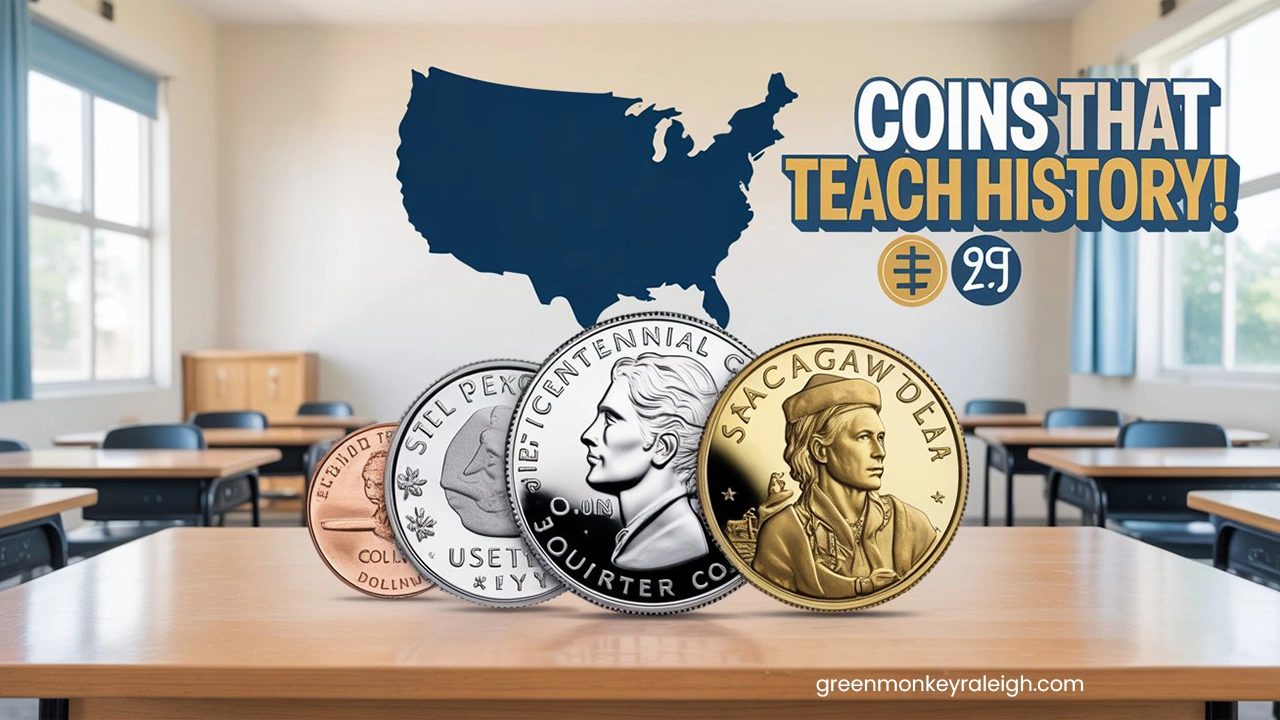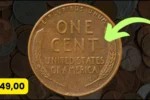Coins as Conversation Starters: Coins may seem like simple objects we use for trade, but each one carries a unique piece of history. From ancient empires to modern nations, coins have been silent witnesses to human civilization. Using coins in classrooms can help students see the past not as dry facts but as fascinating stories hidden in metal.
Why Coins Spark Curiosity Among Students
Students are naturally curious about objects they can touch and feel. When they hold an old coin, they are often amazed at its weight, design, and age. Questions begin to pop up in their minds. Who used this coin? What was life like then? Why does it look so different from today’s money? This natural curiosity becomes a gateway to discussing history, culture, and economics.
Coins as Historical Storytellers
Every coin has two sides—and often two stories. The images and words engraved on them reflect important events, rulers, symbols, and even ideologies of their time. For example, a Roman coin may feature an emperor’s face, hinting at political power. A medieval coin might show a cross, telling of religious influences. By studying coins, students can explore timelines, trade routes, and even ancient technologies.
How Teachers Can Use Coins in Lessons
Teachers can bring history to life by showing actual coins or even pictures of them. A lesson on ancient India could include coins from the Mauryan period, making the topic more engaging. Discussions could focus on the metal used, the inscriptions, or the shapes of coins from different periods. Activities like comparing old coins with modern currency help students see changes over time.
The Role of Coins in Connecting Past and Present
Coins are still part of our everyday lives, but they have changed a lot over centuries. When students compare an old coin with a modern one, they see not only design changes but also shifts in values, rulers, and economies. This comparison helps them understand how history shapes even the smallest things around us.
Encouraging Critical Thinking Through Coins
Coins also encourage students to think critically. Why were certain images chosen? What do they say about the rulers or societies of that era? Why did some empires use gold coins while others used copper? These questions push students to analyze and form their own opinions about historical events.
A Quick Look at Coins and Their Origins
| Coin Type | Period | Origin Country | Special Feature |
|---|---|---|---|
| Roman Denarius | 211 BC | Ancient Rome | Silver with emperor face |
| Gupta Gold Dinar | 320–550 AD | Ancient India | Detailed artwork |
| Medieval Penny | 8th Century | England | Cross design |
| Mughal Silver Rupee | 16th Century | India | Persian inscriptions |
| Modern 1 Euro Coin | 2002 | European Union | Multi-country design |
FAQs About Using Coins in History Lessons
Why are coins important for studying history?
Coins provide direct evidence of trade, rulers, religions, and cultures. They are like mini-documents from the past.
Can students handle real ancient coins?
If possible, yes. But if not, images and replicas also work well to create interest.
Are coins useful only in history classes?
No. Coins can also be used in economics, art, and geography lessons because they connect to trade, design, and regions.
Conclusion: Small Coins, Big Lessons
Coins are not just pieces of metal. They are tiny storytellers that carry big lessons from the past. By bringing coins into the classroom, teachers can inspire students to look deeper into history and discover how our present is shaped by centuries of human experiences. These small objects can open a big window to the past, making learning exciting and memorable.



